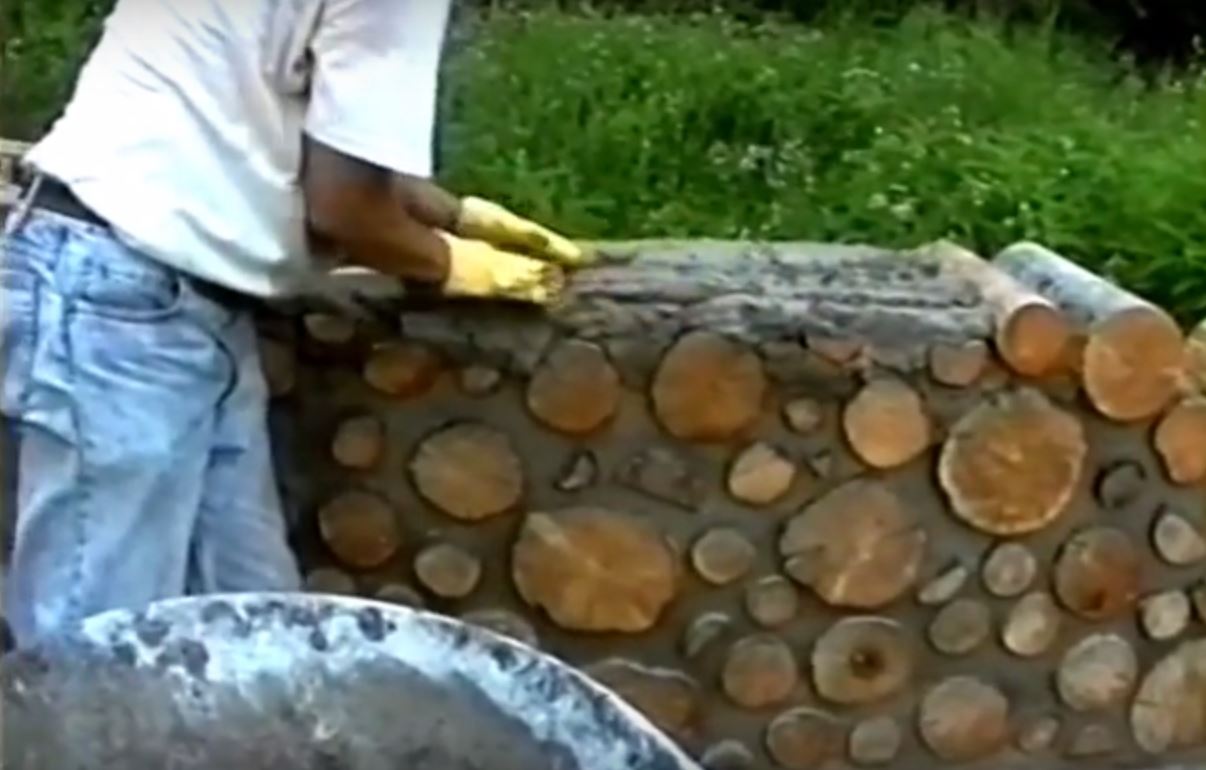Cordwood masonry is a building technique that uses short pieces of wood (cordwood) stacked crosswise and filled in with masonry or cob mixtures as well as insulation to form a wall.
The technique dates back centuries, some allege over a thousand years and has been found in some iteration all over the world.
Current methods of cordwood masonry in North America date back to the 1800's and were used primarily in the northern United States.
Because of its relatively inexpensive cost and ease of construction, cordwood masonry became popular during The Great Depression, eventually becoming known as “Depression Housing.”
For homesteading or survival purposes, cordwood masonry is appealing because of cost, ease of construction and energy efficiency (if built correctly).
With nominal practice (or attending a workshop,) a novice can quickly become proficient; to see a video on this innovative method of building, check out the next page.

Brad Twigg
Hope Mattox Cunningham
Dustin Hodges
And termite proof that with diatomaceous earth…
Haven’t seen something quite, so idiot strong. It’s pretty obvious how stupid this is..
Who the$#%&!@*is this for?
DumbAss
Thomas Yost
I live in one. We’ve had it since 2006. It’s vastly superior to standard stick frame housing, but I wouldn’t build another one. I’d rather have a straw bale house or a high mass concrete house with 4″ of poly urethane foam in the middle of the wall.
That is so cool. Love this page,
How do you repair it when the wood rots?
I was in one my friend built…..the dry lime that creates lime dust from the iron fireplace and dust in general was making my lips chap and eyes felt burning ……could only visit for a while and we ended up outside a while afterwards .
Seth Nelson Tyler Nelson
Nice, but there’s no such thing as off the grid anymore, in America. Those days are long gone.
Sad but True
Breann Fortenberry
I like the cordwood technique.
What would you say are the major drawbacks to this type of construction?
Our logs, in spite of having dried for 2 years before we used them, are shrinking away from the mortar, leaving a gap approaching an inch in many places.
will look nice until the carpenter bees get ahold of it